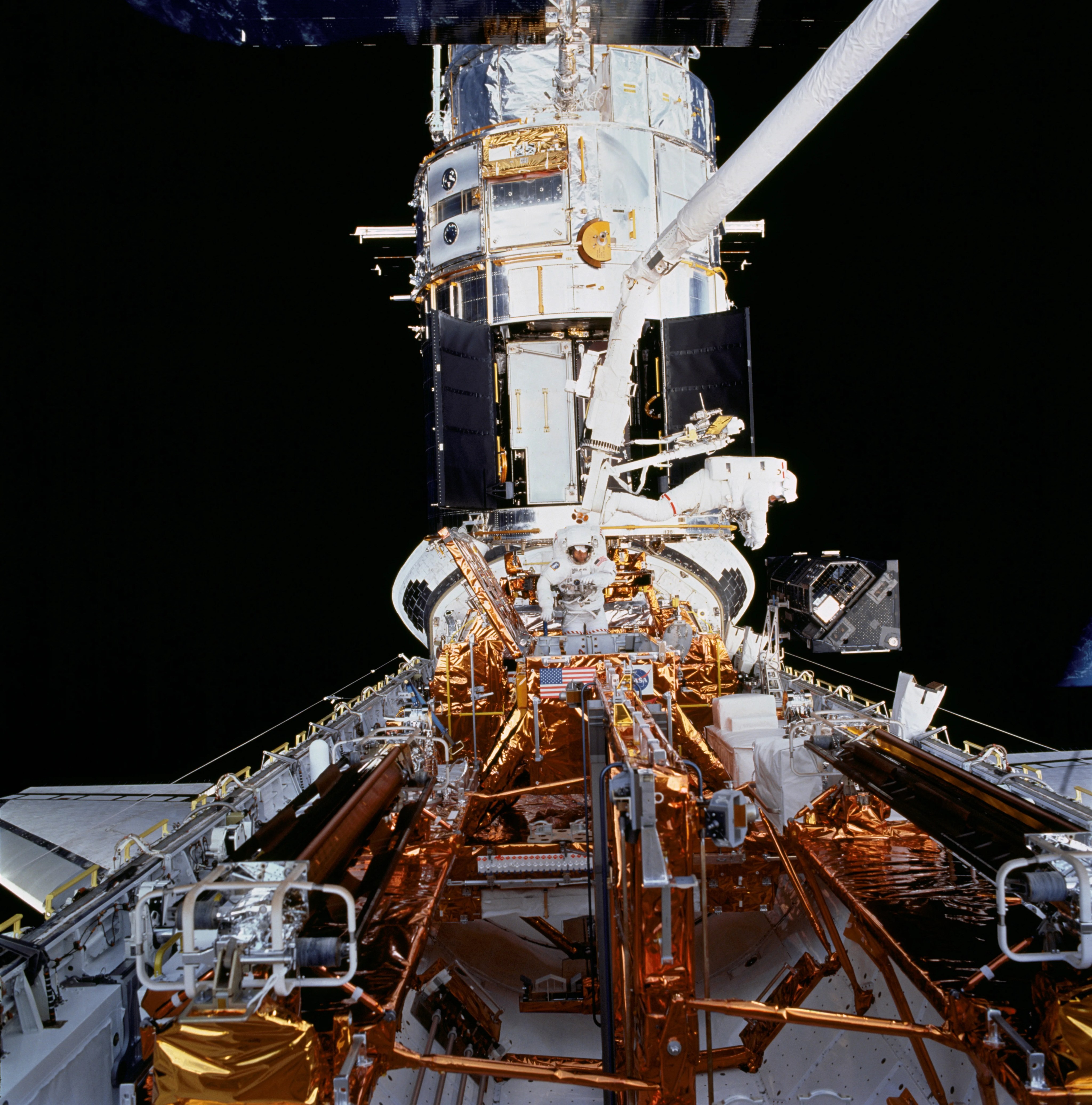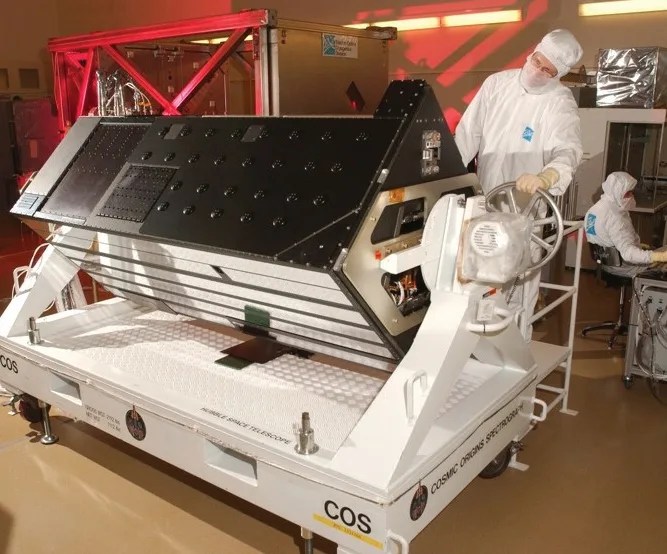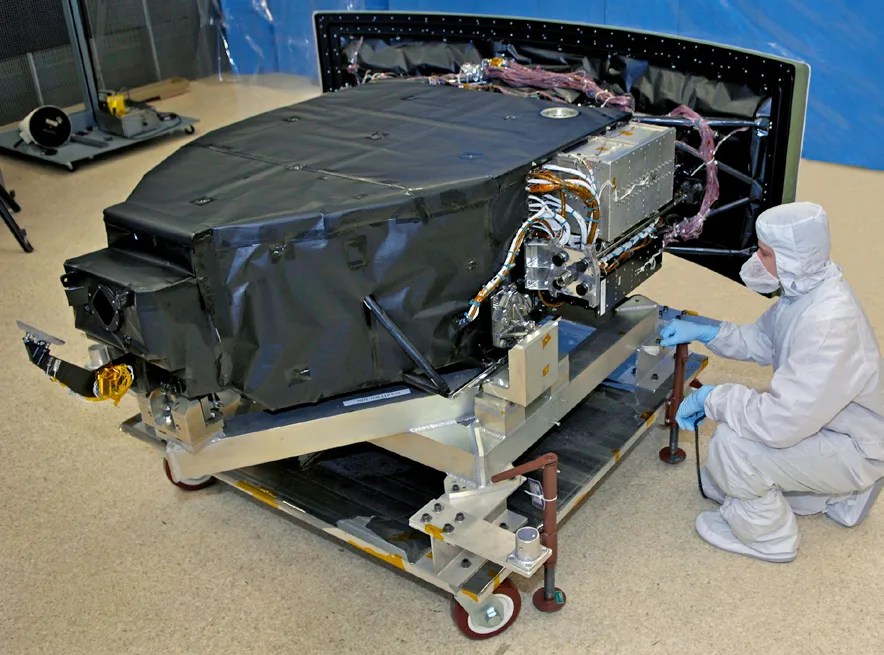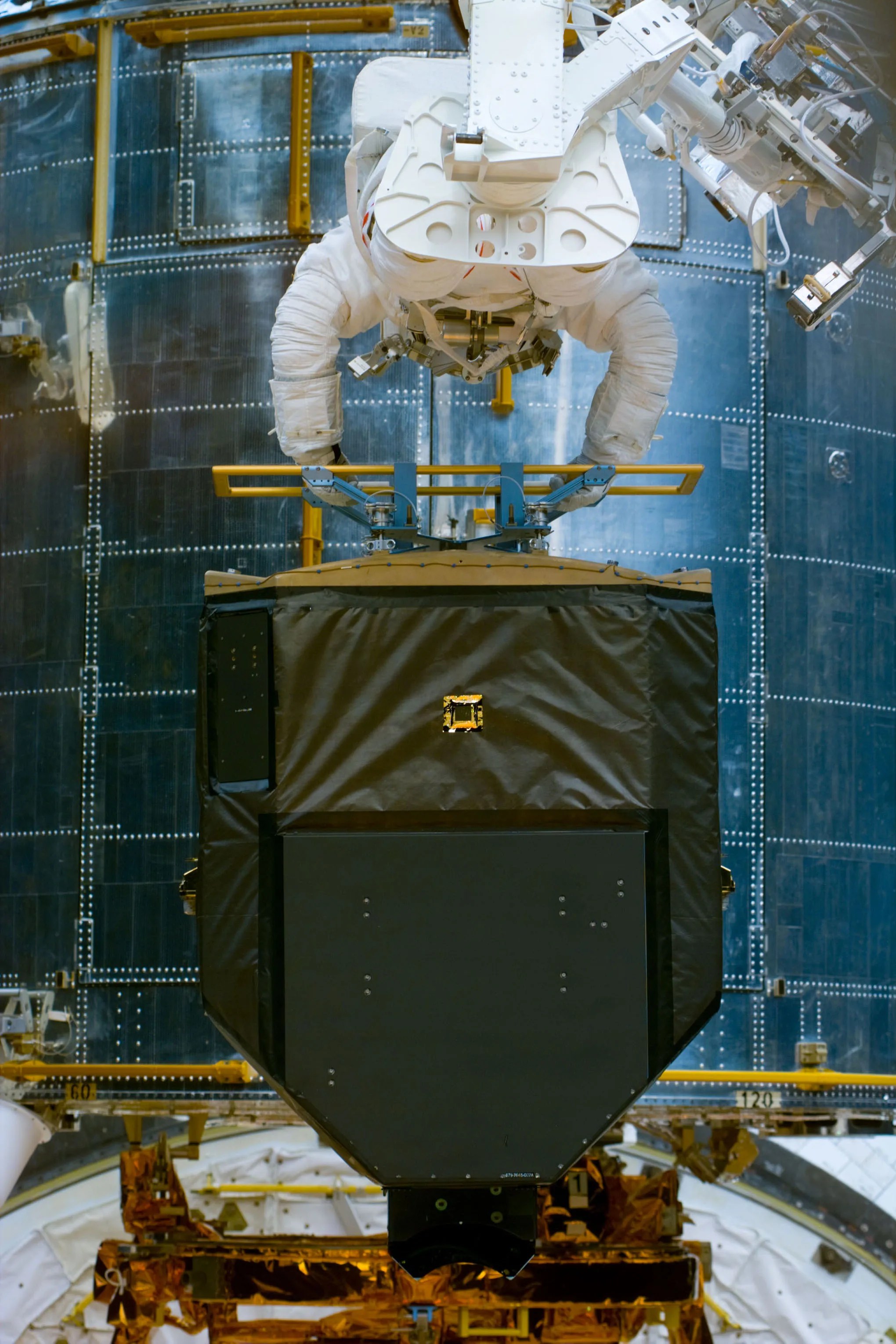Design
Space Telescope Imaging Spectrograph
The Space Telescope Imaging Spectrograph (STIS) was installed on the Hubble Space Telescope during Servicing Mission 2 in 1997. STIS stopped functioning in August 2004 due to a power supply failure and was repaired during Servicing Mission 4 in 2009.
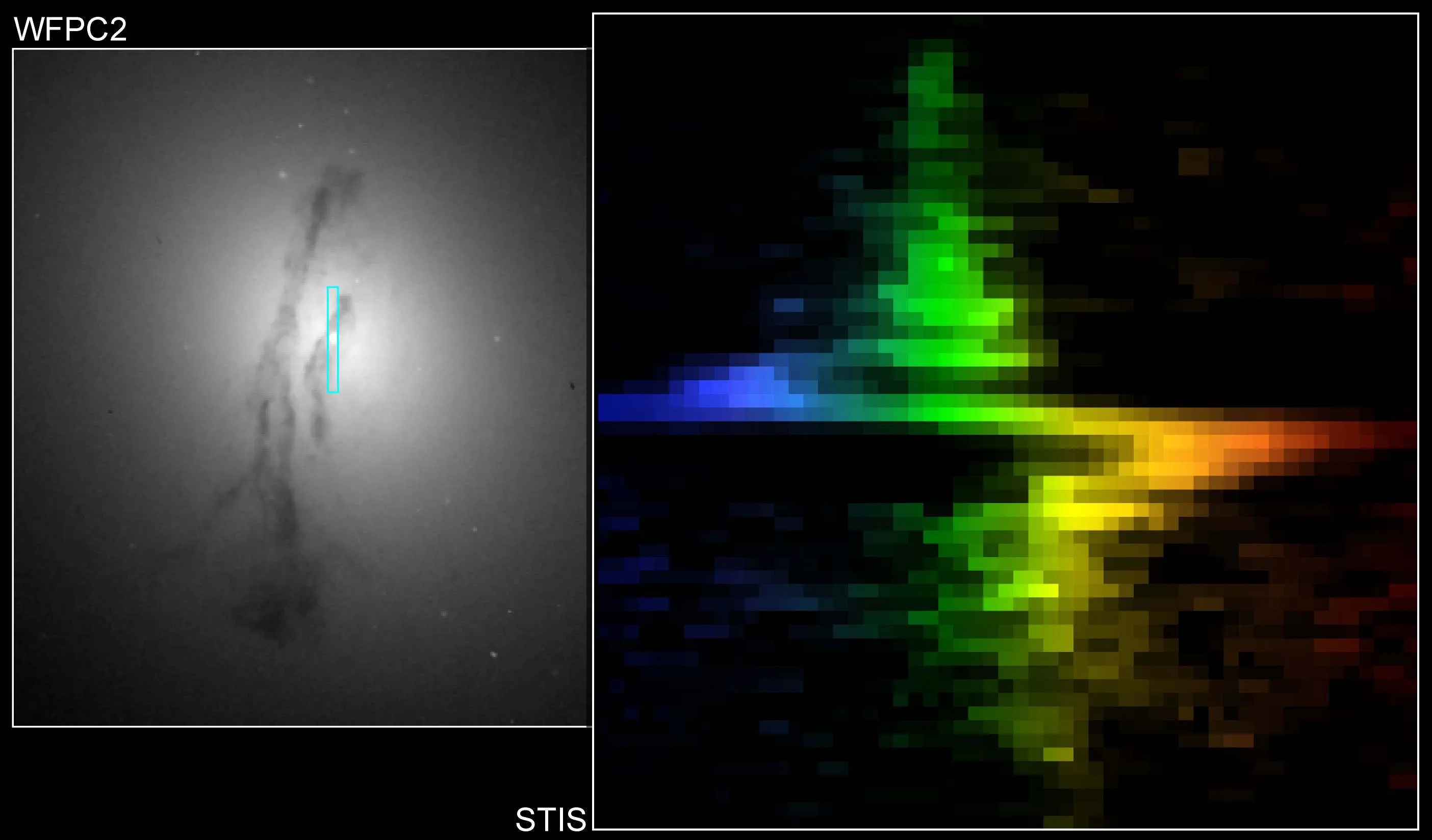
Overview
STIS is a highly versatile instrument with a proven track record. Its main function is spectroscopy: the separation of light into its component colors (or wavelengths) to reveal information about the chemical content, temperature and motion of planets, comets, stars, interstellar gas and galaxies. A key feature of STIS is its ability to produce the spectrum of spatially extended objects, such as galaxies, covering many points across the image simultaneously. This is why it is called an “imaging spectrograph.” The instrument is sensitive to a wide range of wavelengths of light, spanning from ultraviolet through optical to near-infrared light. Spectrographs are essential to understanding the physical properties of the universe.
To repair STIS, astronauts performed a spacewalk to replace a failed low-voltage power supply circuit board. The repair was straightforward but required diligence, and Hubble engineers had designed special tools for the job. The repair effort restored one of two fully redundant electronic power circuits of the instrument.
The Instrument
STIS has three detectors, each with 1,024 pixels by 1,024 pixels. There’s a CCD (Charge Coupled Device) for detecting optical and near-infrared light, and two MAMA (Multi-Anode Microchannel Array) detectors for detecting near-ultraviolet light (lower energy) and far-ultraviolet light (higher energy). A limited filter set supports imaging, but STIS’s heart is spectroscopy, which is enabled by a diverse set of mirror gratings.
Gratings, like the more familiar prisms, create a spectrum by separating light into its individual wavelength components. Close examination of the amount of light at each wavelength reveals the presence of absorption and emission lines, which are the “fingerprints” of the chemical composition and physical and dynamical states of stars and gas. STIS provides a wide choice of gratings for wavelength coverage and spectral resolution.
A unique feature of STIS is that by having light enter a long, narrow slit before reaching the gratings, a separate spectrum can be recorded simultaneously along each of the 1,024 “pixel rows” of the detector. By orienting the long slit, for example, across the nucleus of a galaxy, one can efficiently measure how fast the galaxy is rotating at different distances away from its center.
In many respects STIS complements the Cosmic Origins Spectrograph (COS) mounted on Hubble during SM4. COS was designed with one primary purpose, to easily measure exceedingly faint levels of ultraviolet light emanating from very faint cosmic point sources, e.g. faint stars in our own galaxy and quasars far out across the universe. STIS efficiently provides spatially resolved spectra of extended objects, spectra at visible and near-infrared wavelengths, very high (sharply defined) spectral resolution and measurements of the way some spectra vary with time.

Mission Science Discoveries
Working side by side, the COS-STIS tandem offers a full set of spectroscopic tools for the astronomer. Each instrument partly backs up the other; each offers something the other doesn’t.
Black Holes—The light emitted by stars and gas orbiting around a black hole appears redder when moving away from us (redshift), and bluer when coming toward us (blueshift). By looking for this telltale Doppler shift, STIS has uncovered and measured the mass of several dozen supermassive black holes at the cores of galaxies.
Galaxies—STIS can simultaneously record the spectra of up to 50 distinct locations within an extended object such as a galaxy. This is a crucial tool for the efficient mapping of a complex environment. As an example, STIS spectra of young star clusters in the merging “Antennae Galaxies” revealed their ages, chemical compositions and velocities.
Stars—STIS has been used in a continuing survey of the gas and dust blown off by the highly unstable, massive binary star, Eta Carinae, which is located in our own galactic neighborhood, about 8,000 light-years from the sun. Astronomers expect that someday, perhaps a few thousand years from now, Eta Carinae may explode as a supernova. STIS provides a unique opportunity to probe the details of the final stages of life of such a star before its cataclysmic death.
Planets Around Other Stars—Analyzing the planet HD 189733b in visible light, STIS has captured the actual color of an extrasolar planet as seen in visible light, and it is blue. STIS measured the changes in the color of light from the planet before, during, and after it passed behind its star. The slight decrease in blue light indicated that the planet is blue.
STIS spectra of the transiting star-planet system HD 209458 resulted in light curves so precise that starlight absorption by the planet’s atmosphere was detected, allowing for the first time the identification of several planetary atmospheric constituents, including hydrogen, oxygen and sodium.
The imaging spectrograph also observed water vapor above the frigid south polar region of Jupiter’s moon Europa, providing the first circumstantial evidence of water plumes erupting off the moon’s surface.
Servicing Mission 2
The mission extended the range of wavelengths Hubble can see and increased its efficiency and performance. This included the installation of the Space Telescope Imaging Spectrograph.
Learn More

